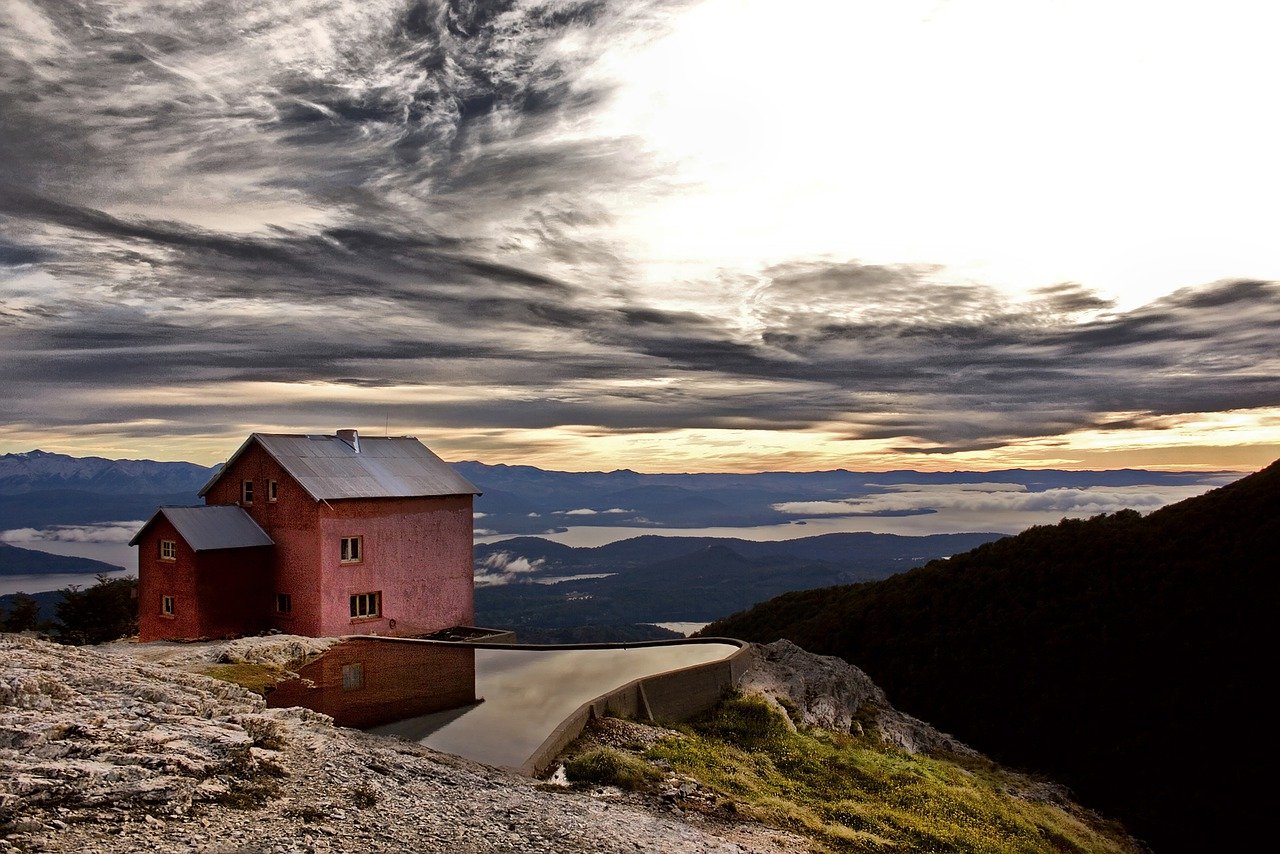A Brief History of Argentina
Section 1: Pre-Columbian Era
Argentina has a rich history that dates back thousands of years. Before the arrival of European explorers, the region was inhabited by indigenous peoples. These indigenous groups, such as the Mapuche, Guarani, and Quechua, had established complex societies and developed their own cultures. They engaged in agriculture, hunting, and fishing, and had well-organized social structures. The pre-Columbian era in Argentina lasted until the arrival of Spanish colonizers in the 16th century.
- The indigenous peoples of Argentina had a deep connection with the land and nature. They believed in the spiritual significance of natural elements and practiced rituals to honor them.
- They had advanced agricultural techniques and cultivated crops such as maize, potatoes, and quinoa. These crops played a vital role in their diet and sustenance.
- The indigenous societies had well-defined social hierarchies, with leaders and chiefs who maintained order and resolved disputes within the community.
- Trade and exchange of goods were common among different indigenous groups, fostering cultural exchange and cooperation.
- Art and craftsmanship flourished, with pottery, textiles, and intricate jewelry being produced by skilled artisans.
Section 2: Spanish Colonization
The Spanish colonization of Argentina began in the 16th century when Spanish explorers, led by Juan Díaz de Solís, first set foot on its shores. The Spanish crown sought to expand its empire and establish a presence in the new world. The colonization process had a profound impact on the indigenous population and the land itself.
- Spanish conquistadors, such as Pedro de Mendoza and Juan de Garay, established settlements and claimed the land for Spain. Buenos Aires, founded in 1536, became an important colonial center.
- The indigenous population suffered greatly due to diseases brought by the Europeans, which decimated their numbers.
- The Spanish introduced Christianity and imposed their language and cultural practices on the indigenous peoples, leading to the assimilation and loss of many indigenous traditions.
- The colonization also brought significant economic changes, as the Spanish exploited the region’s resources, such as silver and cattle.
- Spanish rule lasted for centuries, with Argentina being part of the Viceroyalty of the Río de la Plata, under the control of the Spanish crown.
Section 3: Argentine Independence
The seeds of Argentine independence were sown in the early 19th century. Inspired by the ideals of the American and French revolutions, Argentine patriots began to question Spanish rule and advocate for self-governance. The struggle for independence culminated in 1816 when Argentina declared its independence from Spain.
- Key figures in the fight for independence included José de San Martín and Manuel Belgrano. San Martín played a crucial role in liberating Argentina, Chile, and Peru from Spanish rule.
- The Argentine War of Independence was marked by military campaigns and battles against Spanish forces, as well as internal conflicts between different factions.
- The Congress of Tucumán, held in 1816, formalized Argentina’s independence and established the foundations for a new nation.
- After gaining independence, Argentina went through a period of political instability and conflicts, including the Civil Wars of the 19th century.
- The nation gradually developed its own identity and institutions, shaping the path towards a democratic republic.
Argentina Image 1:

Section 4: The Age of Immigration
In the late 19th and early 20th centuries, Argentina experienced a massive influx of immigrants from Europe, particularly from Italy and Spain. This wave of immigration had a profound impact on Argentine society, culture, and economy.
- The immigrants brought with them their languages, customs, and traditions, enriching the cultural fabric of Argentina.
- They settled in urban areas, especially in Buenos Aires, where they contributed to the growth and development of the city.
- The immigrants played a crucial role in the expansion of agriculture and the development of industries, such as textiles and food processing.
- Their influence can still be seen today in Argentine cuisine, architecture, and art.
- The government implemented policies to attract immigrants, offering incentives and opportunities for settlement and employment.
Section 5: The Perón Era
One of the most influential periods in Argentine history was the era of Juan Perón and his wife, Eva Perón. Juan Perón, a military officer, rose to power in the 1940s and implemented populist policies that aimed to improve the lives of the working class.
- Perón’s government focused on social justice, workers’ rights, and the redistribution of wealth.
- The Peronist movement gained significant support from the working class and labor unions.
- Eva Perón, also known as Evita, became an iconic figure and championed social causes, particularly those related to women’s rights and poverty alleviation.
- The Perón era was marked by a strong state intervention in the economy and the establishment of a welfare state.
- Perón’s policies had a lasting impact on Argentine politics and society, shaping the country’s political landscape for decades to come.
Argentina Image 2:

Section 6: The Dirty War
One of the darkest chapters in Argentine history is the period known as the Dirty War, which occurred from 1976 to 1983. During this time, a military dictatorship took power and engaged in widespread human rights abuses, including forced disappearances and torture.
- The military junta, led by General Jorge Rafael Videla, targeted individuals suspected of being involved in left-wing political activities or dissent.
- Thousands of people, including students, activists, and intellectuals, were abducted, tortured, and killed by the security forces.
- The dictatorship implemented a policy of state terrorism, aiming to eliminate any opposition and maintain control.
- International human rights organizations and the Mothers of the Plaza de Mayo played a crucial role in raising awareness and demanding justice for the victims.
- The return to democracy in 1983 marked the beginning of a process of reckoning and seeking justice for the crimes committed during the Dirty War.
Section 7: Economic Challenges
Argentina has faced numerous economic challenges throughout its history. Periods of economic growth have been followed by periods of crisis, often characterized by high inflation, currency devaluation, and debt.
- In the late 19th century, Argentina experienced a period of rapid economic growth, becoming one of the wealthiest countries in the world.
- However, the Great Depression in the 1930s and subsequent economic crises had a severe impact on Argentina’s economy.
- In recent decades, Argentina has faced recurring financial crises, including the economic collapse in 2001, which led to social unrest and political instability.
- The country has struggled with issues such as income inequality, corruption, and a high level of public debt.
- Efforts have been made to stabilize the economy and promote sustainable growth, but the challenges remain.
Argentina Image 3:

Section 8: Cultural Heritage
Argentina is known for its rich cultural heritage, which reflects the diverse influences and traditions that have shaped the country’s identity.
- The tango, a passionate and sensual dance, originated in the working-class neighborhoods of Buenos Aires and has become a symbol of Argentine culture.
- Argentine literature has produced renowned writers such as Jorge Luis Borges and Julio Cortázar, whose works have gained international recognition.
- The country’s cuisine is famous for its beef dishes, including the traditional asado, a barbecue-style meal.
- Argentine art, music, and film have also made significant contributions to the cultural landscape.
- The indigenous heritage is celebrated and preserved through festivals, traditional crafts, and cultural events.
Section 9: Sports and National Identity
Sports play a vital role in Argentine society and contribute to the national identity. Football, in particular, holds a special place in the hearts of Argentines.
- Argentina has a strong football culture and has produced some of the world’s greatest players, including Diego Maradona and Lionel Messi.
- The national football team, known as the Albiceleste, has won the FIFA World Cup multiple times, becoming a source of national pride.
- Other sports, such as rugby, basketball, and field hockey, also have a significant following in Argentina.
- Sports events and competitions bring people together, fostering a sense of unity and shared passion.
- Argentines’ passion for sports reflects their competitive spirit and love for physical activity.
Section 10: Modern Argentina
In recent years, Argentina has undergone significant political and social changes. The country continues to face challenges but also holds opportunities for growth and development.
- Argentina has transitioned to a democratic system, with regular elections and a multi-party political landscape.
- Economic reforms have been implemented to address issues such as inflation and unemployment.
- The country has embraced renewable energy and environmental sustainability, aiming to reduce its carbon footprint.
- Argentina has become a popular tourist destination, attracting visitors with its natural landscapes, vibrant cities, and rich cultural heritage.
- Efforts are being made to promote social inclusion, human rights, and gender equality.
Section 11: Future Prospects
As Argentina looks to the future, it faces both challenges and opportunities. The country’s potential lies in its vast resources, diverse population, and rich cultural heritage.
- Investments in education and innovation are seen as crucial for sustainable development and economic growth.
- Efforts to strengthen institutions, promote transparency, and combat corruption are essential for building a more just and equitable society.
- Addressing social issues such as poverty, inequality, and access to healthcare remains a priority.
- Argentina’s natural beauty and biodiversity offer opportunities for sustainable tourism and conservation.
- International cooperation and partnerships can contribute to Argentina’s development and its role on the global stage.
Section 12: Conclusion
Argentina’s history is a complex tapestry of indigenous cultures, colonialism, struggles for independence, economic challenges, and cultural achievements. The country has experienced significant transformations and continues to evolve. Understanding Argentina’s past is essential for comprehending its present and envisioning its future.
References
– Britannica: www.britannica.com
– Argentina Tourism: www.argentina.travel
– History.com: www.history.com

